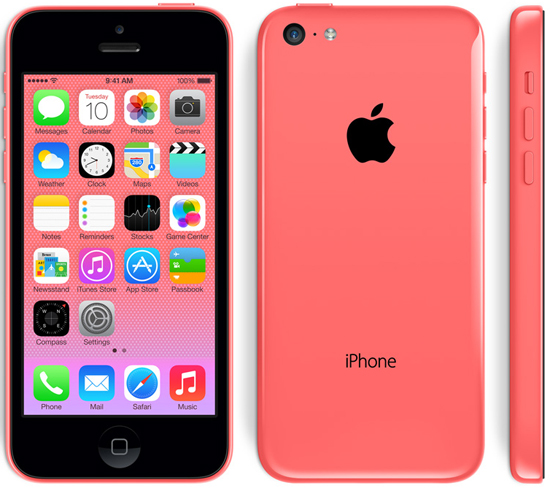That's what she said.
 |
| Gif courtesy of wifflegif.com |
The video provides many examples of how the receptionist Pam, which plays on another sexist stereotype, for the first several seasons only ever does things to please her fiance, Roy. They lightly touch on the fact that Pam gives up her dreams of being an artist because Roy doesn't want her to. This is an issue many women face today; they often give up what they want in order to be the ideal girlfriend, fiance, wife, mother, etc. This is not just an issue in America, either. According to an article in New.com.au, researchers at AMP and Newspoll found that "Aussie women are more likely to shelve their dreams because of financial concerns" (News.com.au). Although an article by The Cut, part of New York Magazine, challenged this idea a little bit by showing a study where "more than 80% of men [said] they'd always wanted to be a father" whereas "just 70% of women felt the same way" (nymag.com), the fact remains that women are the ones who have to, like Pam, put their dreams and lives on hold for the significant others, and usually never the other way around. Another sexist issue that is raised with the character Pam, which I briefly mentioned above, is how she is the receptionist despite her ability to do so much more. By the end of the series, she has worked her way up to a sales job, however she spent most of her career answering phones and taking notes. Business Insider explored this inequality in the work place and discuss how women are expected to be "happy" about doing the "'office housework,' or low-value tasks like taking notes" (businessinsider.com).
Sexism is not the only issue The Office uses to gain laughs. There are also many situations perpetuating racist stereotypes. Take the episode where they discuss diversity. The manager of the branch, Michael Scott, tries to teach the office about accepting other cultures but ends up furthering just about every racist stereotype in the book.
 |
| Gif courtesy of uproxx.com |
The show also bolsters white privilege.
Tim Wise's White Like Me: Race, Racism, and White Privilege in America, which we watched as part of a class assignment, helps explain the idea of what privilege and how some of these racist stereotype formed. To put it best, "And let's face it: there's no denying that white people in the U.S. have had privileges throughout history that people of color simply haven't...And whether we want to acknowledge it or not, this kind of systematic white privilege and race-based favoritism is built into the very foundation of the country" (Tim Wise).
 |
| Gif courtesy of Buzzfeed |
Again, you can see a lot of the sexism and racism they touched on in The Office is really only for comedic effect. However, sexism and racism are still very large issues that we face in today's culture. There are many prominent examples of sexism in the U.S. today. The wage gap is a very large one. Not only are women making less than men, but they are usually not able to excel as high as men in the workplace. According to College Times, women typically earn less than men in nearly 99% of all occupations(collegetimes.co). College Times also found that "four in ten businesses worldwide have no women in senior management" (collegetimes.co). Another example of how women are disadvantaged in the workplace, and one most of us are familiar with, is Jennifer Lawrence and her efforts to receive the same compensation as men. USA Today discussed her trials and though Lawrence said her "problem's aren't exactly relatable," they help show women everywhere how to take power into their own hands (usatoday.com). Racism is also still a big issue today. From the riots in Baltimore last year to all the uncalled for murders, racism is definitely not over. In fact, an article from The Washington Post said that "Americans say racism is a bigger problem today than at any point in the past 20 years" (washingtonpost.com).
Article Sources:
Covert, Bryce R. "When Men Want Kids - and Women Aren't So Sure." The Cut. N.p., 15 Mar. 2015. Web. 10 Dec. 2015.
"Diversity Day - The Office." YouTube. YouTube, 6 June 2014. Web. 10 Dec. 2015.
Elkins, Kathleen. "6 Examples of Subtle Sexism That Women Still Face at Work." Business Insider. N.p., 27 May 2015. Web. 9 Dec. 2015.
Ingraham, Christopher. "Americans Say Racism Is a Bigger Problem Today than at Any Point in the past 20 Years." Washington Post. The Washington Post, 5 Aug. 2015. Web. 10 Dec. 2015.
Lawler, Kelly. "Jennifer Lawrence on Sexism: I'm 'over' Being Likable." USA Today. Gannett, 14 Oct. 2015. Web. 10 Dec. 2015.
"Pressures of Gender Pressures- a Short Office Montage." YouTube. YouTube, 3 May 2010. Web. 10 Dec. 2015.
"The Office: Racist Bathrooms." YouTube. YouTube, 11 June 2011. Web. 10 Dec. 2015.
White Like Me: Race, Racism, and White Privilege in America. Dir. Time Wise. 2013. Transcript.
Wilson, Lauren. "Why Women Give up Their Dreams." NewsComAu. N.p., 08 July 2014. Web. 09 Dec. 2015.
"10 Surprising Statistics on Women in the Workplace." CollegeTimes. N.p., 15 Feb. 2010. Web. 10 Dec. 2015.






